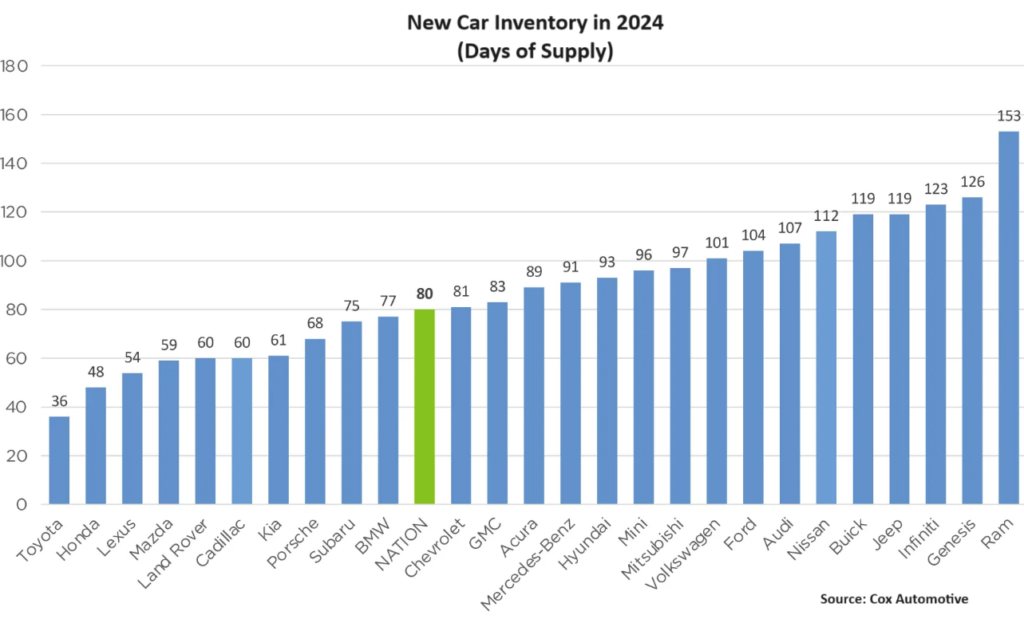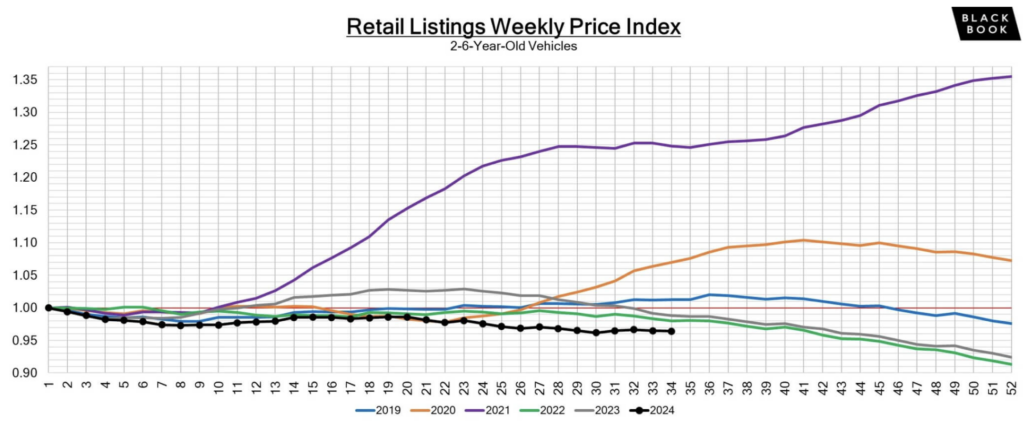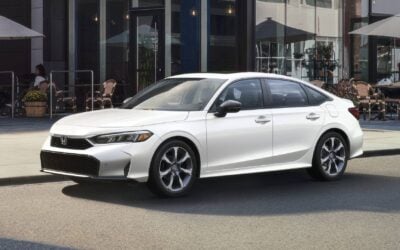If you’re in the market for a new set of wheels, you might want to hold off on signing any papers just yet. Historical data and current trends both suggest that waiting until the end of the year can save you a lot of money. Here’s why delaying your purchase until December is worth considering.
The Seasonal Cycle of Car Sales
Car sales, much like other retail sectors, experience seasonal fluctuations, and timing your purchase can make a big difference. While autumn might offer some discounts, waiting until December is likely to result in more widespread car deals. As the year comes to a close, dealerships are eager to clear out inventory to make room for new models, leading to more aggressive pricing and incentives.
Additionally, the pressure to meet year-end sales targets often motivates sellers to offer steeper discounts. By December, you’re not just benefiting from seasonal trends but also capitalizing on a perfect storm of factors that can lead to significant savings.
New Car Inventory and Interest Rates

Currently, the automotive market is navigating through a difficult phase characterized by high interest rates. These rates affect the cost of floorplanning—the method dealerships use to finance their inventory of vehicles. Believe it or not, car dealers don’t own their lot inventory outright.
As a result, holding onto large volumes of new cars becomes increasingly costly for dealers. To mitigate this financial strain, dealerships are expected to become more aggressive in selling new cars as the year progresses.
Right now, new car dealers are already grappling with shockingly high inventories. Check out the slowest (and fastest) cars to sell today.
The Ripple Effect on Used Car Prices

The push to offload new cars at lower prices sets off a chain reaction in the entire market. Lower new car prices put downward pressure on used car values. Used car prices had been steadily falling, only to rise slightly in the past month.
There needs to be a reasonable price difference between new and used cars to attract buyers toward older models, and as prices for new vehicles drop, so too must the prices of used ones. This ensures that both segments of the market adjust to maintain consumer interest across the board.
Simply put, as new car incentives get better, used car prices tend to fall as sellers try to attract buyers. You, as the buyer, can take advantage of that in the months ahead.
The Best Time to Buy: Late November and December

Overall, the end of the year is always the best time to shop for car. During the coming months, dealerships are keen to clear out existing inventory to make room for the new model year vehicles arriving daily. This urgency is reflected in the kinds of incentives they offer: deeper discounts, more attractive financing options, and generous trade-in values.
These new car incentives also translate to lower used car prices. So no matter what type of vehicle you are in the market for, lower prices and better APR offers are just a few months ahead.
👉 Free Car Buying Help Is Here!

Ready to outsmart the dealerships? Download your 100% free car buying cheat sheets today. From negotiating a deal to leasing a car the smart way, it’s all available for instant download. Get your cheat sheets today!













0 Comments